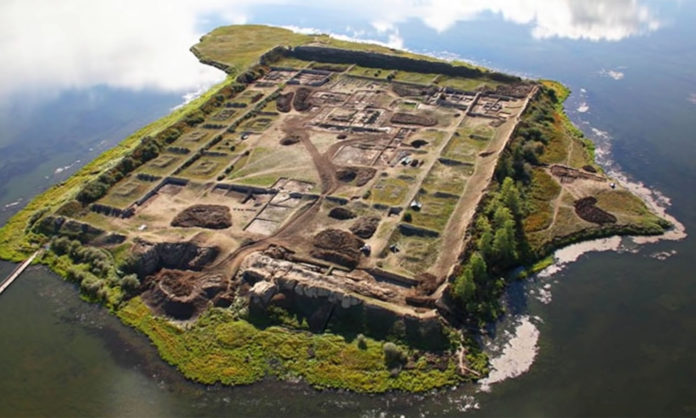
Deep in Siberia, on an island in the middle of Lake Tere-Khol, sits a great fortress made of clay, known as Por-Bazhyn. Almost 1,300 years old, the fortress looks like no other structure made during the same era and no one knows what it was for. Though once connected to the mainland, the land slowly disappeared, creating an island.
After years of study, some information came to light. Surveyors believe the site was abandoned after an earthquake, and discovered that the walls were built using a Chinese method popular between 600 and 900 A.D. But archaeologists still don’t know who built the structure – which contains gates, ramps, and a wooden fighting stage – how it was used, or why it was constructed in such a remote location. In fact, identifying the age of the structure only created more confusion, as the people who lived in the area at the time were nomadic, and therefore unlikely to build a large permanent structure.
Scientists suggest the site could have been a fortress, a holy site, monastery, or a potential town. Despite this speculation, archaeologists have found no evidence anyone ever lived there.
Who built Por-Bazhyn? What was its purpose? A great mystery to unravel or even an intriguing backdrop to another tale. What happens next?











